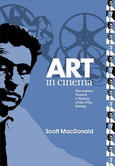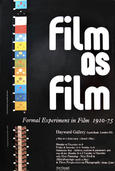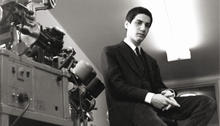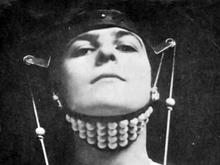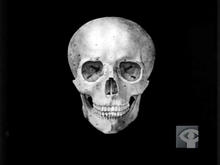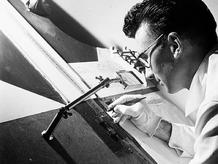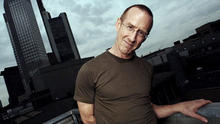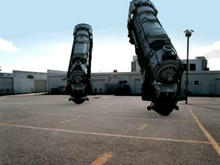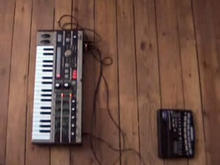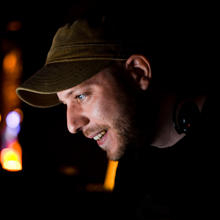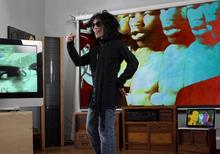Very Nice, Very Nice
(1961)is Arthur Lipsett's first film. It looks behind the business-as-usual face we put on life and shows anxieties we want to forget.
It is ironic and perhaps not entirely coincidental that sound tape, the inspiration for Arthur Lipsett’s first film, was also the source of his resignation from the NFB. Very Nice, Very Nice, which received a 1962 Academy Award nomination in the Best Live Action Short category, began as an audio collage on quarter-inch magnetic tape that he created for a sound-editing workshop. Arthur Lipsett claims, “It was initially a sound experiment – purely for the love of placing one sound after another.” Visually, the film consists mainly of still photos taken by Arthur Lipsett in New York, Paris and London to accompany the soundtrack, along with magazine photographs, outtakes from NFB documentaries, and stock shots of a mushroomcloud explosion and a space shuttle launch. To these images he married voices critical of contemporary technocratic values, including soundbites from Northrop Frye and Marshall McLuhan; by severing the words of the famous from their visual referents Arthur Lipsett renders them quasi-anonymous, shifting the focus from the speakers’ identities to the ironic implications of their statements.
Like all of his films, Very Nice, Very Nice disrupts the representational value of documentary image and sound, moving beyond the genre’s aesthetic codes of truth and reliability. The result is a sardonic re-reading of 1950s consumerism, mass media and popular culture. For example, over an anonymous claim that, “People always seem unwilling to become involved in anything… I mean really involved”, Arthur Lipsett shows the burnt corpse of a probable war casualty followed by two shots of different women looking down and away. We then hear another voice saying, “Almost everyone has a washing machine, a drying machine.” Seconds later we see a man holding a placard reading, “The End is at Hand”. Over a comic image of U.S. Air Force jets stacked up to the sky we hear mocking laughter at the suggestion that “the situation is getting worse”. And against a clip of Marshall McLuhan’s statement that, “People who have made no attempt to educate themselves live in a kind of dissolving phantasmagoria of a world”, Lipsett dissolves several blurry, disinterested faces into one another.
These examples of 'vertical montage', as Sergei Eisenstein described the moment-to-moment juxtaposition of a film’s audio and visual tracks, indicate how sound influences a shot’s signification. William Wees observes that in found footage films such as those of Lipsett and Abigail Child, “the incongruity of sound and image expose, satirise, and produce new readings of the banalities, cliches and conventional modes of discourse – verbal and visual – that are endemic to the mass media.” The critique of mass media is an important aspect of Lipsett’s work, although such a critique is easily undermined in our age of self-conscious advertising campaigns and political spin. I wonder if similar films could be made using today’s images – or is the media itself now too saturated in postmodern irony? The images of the repulsive and often overlooked damage left by both war and technological progress which punctuate Very Nice, Very Nice give the film its lasting punch. History has had the final word on the atom bomb, the space race, Richard Nixon, Nelson Rockefeller and John F. Kennedy, and it is not flattering.
But as Arthur Lipsett’s narrator asserts at film’s end, “The more determined of us are doing something about it. Warmth and brightness will return, a renewal of the hopes of men.” Although they cut against the film’s grain, these concluding remarks suggest the possibility of an optimistic worldview while underlining the importance of active, political engagement. Throughout Very Nice, Very Nice Lipsett’s resolute cynicism is offset by tender, affirmative moments of humour and humanity: images of children at play and the upbeat sounds of jazz music (complemented by shots of – is that the tenor saxophonist, John Coltrane?). It is not incongruous, then, that two of the film’s working titles were Strangely Elated and Revelation. Most importantly, these sequences place a clear value on individual expression as an act of creative resistance.
Source: Senses of Cinema
